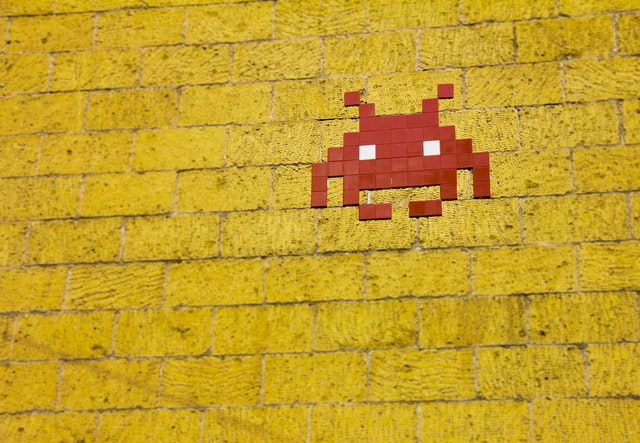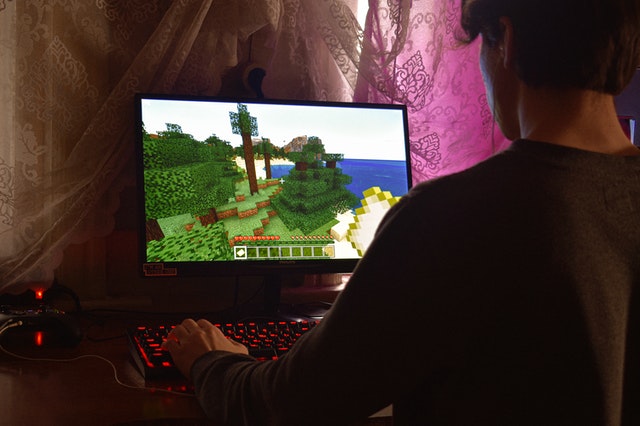Video Game Art: How Entertainment Became Art

Two or three decades ago, video games were just a form of entertainment. Later, they were associated with children since PCs and game consoles became much more accessible for middle-class families. With time, games have become much more sophisticated, as the mechanics and graphic design evolved a lot. Some experts even claim that computer games are a new form of digital art, but how true is this statement? Let’s try to analyze what video game art is and how it can change the entire future of the art industry in the days to come.
Video game art: how entertainment became art
If you have ever played modern games, you probably know how beautiful and charming they are. High-resolution graphics, complex and stylish level design, and a bunch of post-processing effects improve the appearance of a game and breathe new life into the general picture. When it comes to the digital world, graphic designers, like artists, have a wide range of tools and equipment to create, adapt, and modify visuals.
If we consider video game art a distinct and original type of art, it would apparently be a branch of digital arts. It pays to know that many contemporary graphic and level designers come from traditional drawing and painting. Imagination, creativity, and basic skills are always relevant no matter what art media you use. Another essential peculiarity is that video art focuses more on teamwork rather than individual efforts. Of course, there is a certain hierarchy, but visual parts of a game are rarely made by one person.
Video game art is a full-fledged type of digital art because of the creative process and not the result. It takes myriad time, energy, and knowledge to create an unparalleled world that wouldn’t be similar to others. In this regard, the art industry should acknowledge game art as it did with NFT art.

